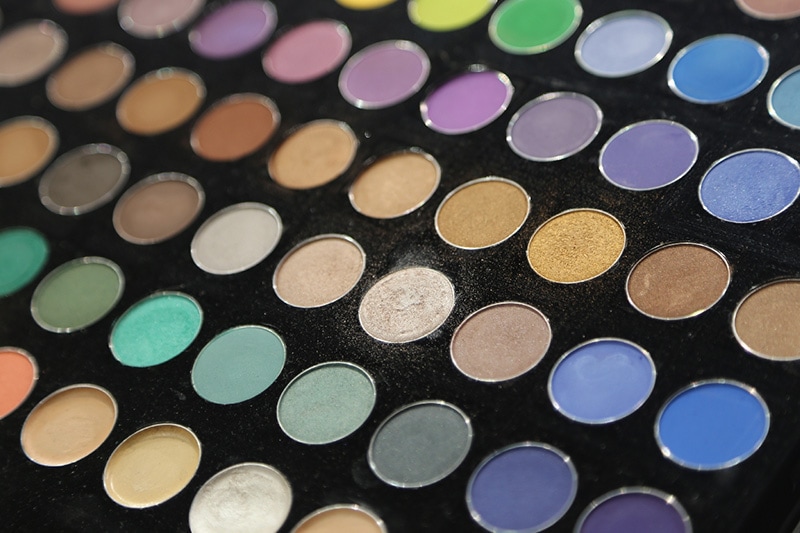Can You Have a Garbage Disposal With a Septic Tank? All You Need to Know!
-
Pete Ortiz
- Last updated:

One of the main questions most homeowners ask before installing a garbage disposal unit is if it’s possible to have a septic tank within the home. The answer is quite simple; although most professional plumbers advise against it, you can if you want to, but you’ll need to get your septic tank pumped often.
In this article, we’ll discuss all you need to know about installing a garbage disposal with a septic tank in your home. Let’s dive in!
How Does a Garbage Disposal System Affect Your Septic Tank?
The garbage disposal grinds the food waste into smaller pieces before washing them into the septic tank. They take longer to break down compared to tissue and other particles dumped in the septic tank. You should be fine if you use your garbage disposal sparingly and get your septic tank pumped often.
However, if you use your garbage disposal, often there is a high chance that the microorganisms in the septic tank will need more time to decompose the sludge. This can be solved by adding additional microbes to prevent the sludge from overtaking the tank.
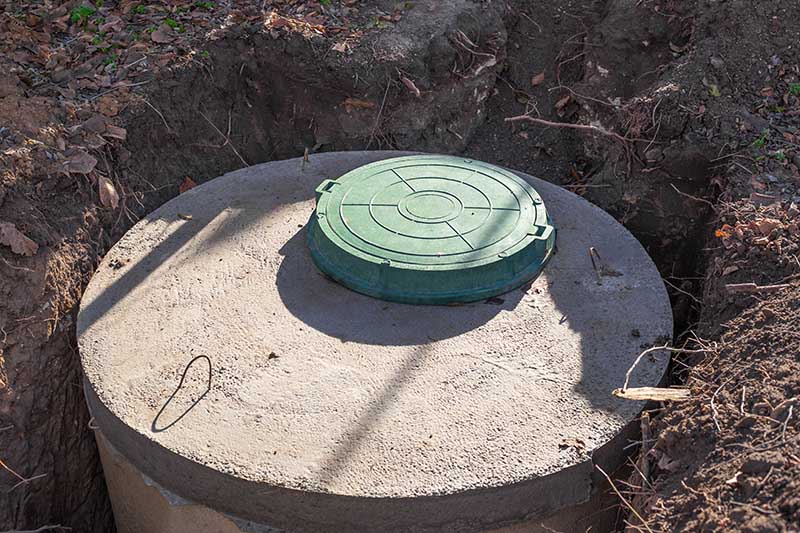
Alternatives to a Septic Tank
Though garbage disposal is appealing, if you have to install a septic tank, it may not be worth it. Maintaining a septic tank can be challenging; sometimes, the stench from an overfilled septic tank is pungent, especially if it’s near the house.
Luckily, there are several alternatives you can use to get rid of food waste. They include:
1. Outdoor Composting
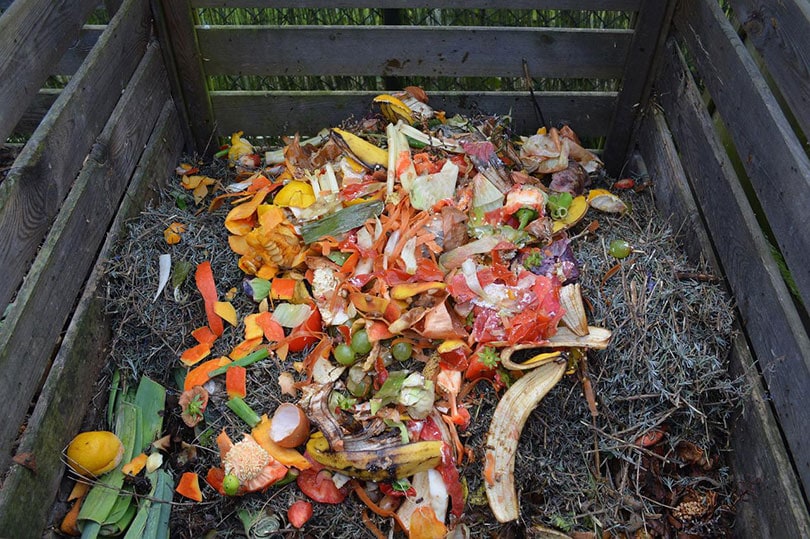
Outdoor composting is one of the simplest and cheapest waste disposal alternatives. You can make a pit in your yard or purchase a special bin, dump your food waste, and wait for it to break down.
The decomposed waste can be used as fertilizer in the garden or for your house plants. Using this method saves you from the odor of having a septic tank and the noise of operating a garbage disposal.
- Cheap
- Ideal for large amounts of food waste
- Creates fertilizer for plants
- Requires physical labor
- Not accessible for people living in apartments
2. Bokashi Bins
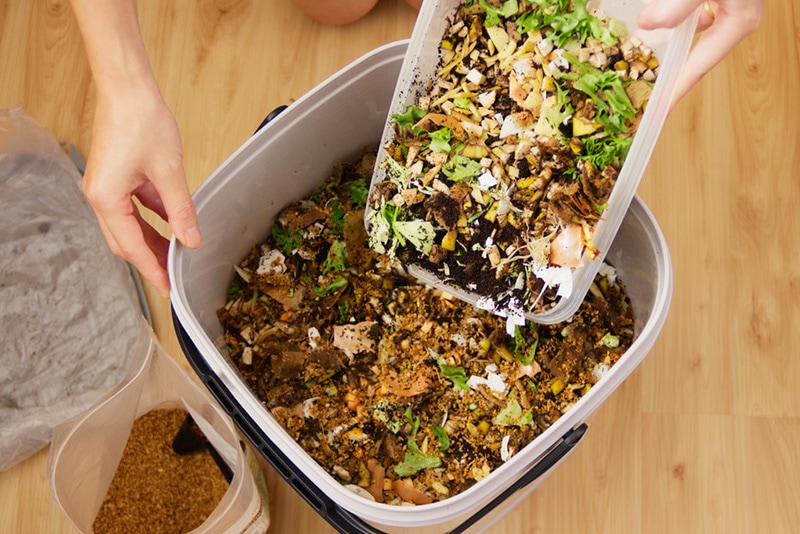
Bokashi bins are a new invention that enables you to compost food waste indoors. It’s typically the size of regular dustbins and does not stand out in the kitchen. It also allows you to transform the food scraps into fertilizer like a compost pit.
The one thing that sets this bin apart from other composting methods is that it relies on anaerobic composting. This involves the deprivation of oxygen, creating acidic conditions that help break down food.
- Creates compost
- Emanates zero odor
- Has microbial additives that help in speeding up the process
- Not ideal for large amounts of food waste
3. Using a Sink Strainer

A sink strainer is one of the easier ways to trap food waste from clogging the sink. It’s easy to install and does not require a plumber. They are also designed to catch everything, including the small food particles like fish bones that could otherwise clog up your drain.
Once the strainer is full, you can empty it in a trash can or dump it in the compost bin and use it as fertilizer for your garden.
- Inexpensive
- Straightforward to use
- It can only hold small amounts of food waste
Products to Avoid Using When You Have a Septic Tank
The products you allow in your septic tank will affect its efficiency and longevity. As we’ve mentioned above, septic tanks have natural microbes that break down the organic waste, and it’s vital to avoid flushing anything that can kill or deactivate the bacteria.
Some of these products include the following:
1. Bleach
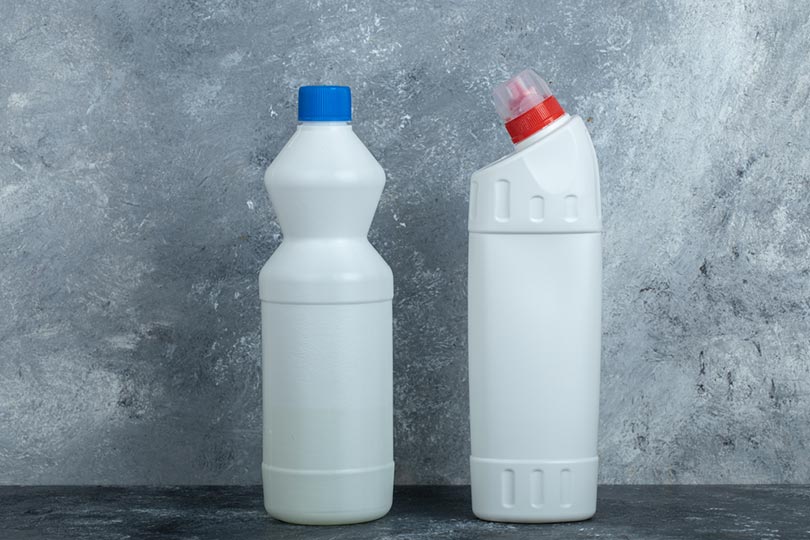
It might be difficult to prevent the bleach from entering the septic tank since it’s used to clean the bathroom toilet and kitchen sink. However, it is highly toxic to bacteria and should be avoided or used sparingly when cleaning.
2. Oil, Fat, and Grease
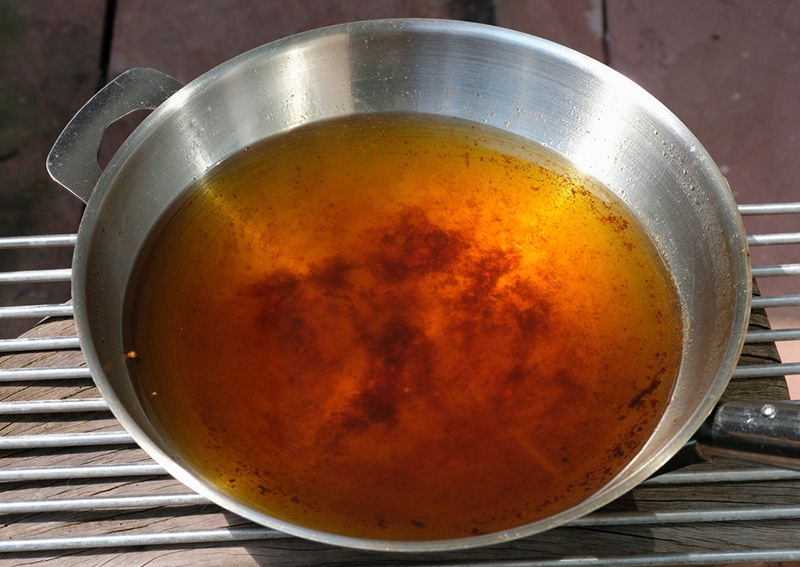
Pouring oil, fat, and Grease in your garbage disposal attracts all kinds of problems. It can clog the garbage disposal and sewage lines once it cools or attracts debris to the pipes, resulting in dirt-clogged pipes.
Furthermore, it’s tough for bacteria to break down oils and fat, and they will just float in a layer at the top, causing the septic tank to fill up faster as it accumulates. To prevent this from happening, wipe your greasy utensils and pots with a paper towel before washing them in the sink.
3. Cosmetics
Most cosmetics, including vegan ones, contain many heavy metals, including zinc, silver, and even titanium. When these metals find their way to the septic tank, they leave them in their original state since they are non-biodegradable.
4. Medicines
Pharmaceutical products can ruin the balance of microbes in the septic tank, thus resulting in septic failure.
Conclusion
Household septic tanks take longer to fill up compared to industrial septic tanks. Typically, they should be pumped every 3–5 years and inspected at least once a year to ensure they operate effectively. If you use a garbage disposal with your septic tank, you will certainly need it to get it emptied more often than usual.
Featured Image Credit: mariakray, Shutterstock
Contents


